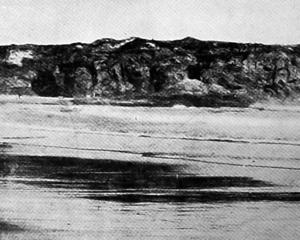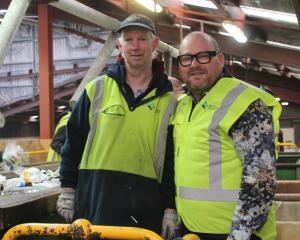
Tourism and Hospitality Minister Matt Doocey claims the levy will not deter many tourists. It was only 2% of average tourism spending and did not apply to Australians, Singaporeans and many Pacific Islanders.
The view of tourism operators and airports is different. New Zealand tourism has failed to bounce back fully after Covid times, running about 80% of the previous peak.
Tourism Industry Aotearoa said the levy was "a blunt instrument". The increase would create "a significant barrier". Its analysis says the levy will cut visitor numbers by 48,000 every year, along with up to $273 million of spending.
The association also pointed to the recent 62% increase in some immigration visa and other levy charges.
There has been some disappointment from parts of Asian communities. This is one more cost for visiting relatives and friends. A family of five from China might pay about $2200 in these combined costs before they arrive.
Add-on costs like the levy can indeed prompt psychological avoidance. However, that effect should not be overestimated. The decision to come to New Zealand is a big commitment and is not likely to be overturned by an extra $100.
New Zealand is already an expensive place to visit. Its isolation cranks up airfares and prices onshore. Accommodation, cafes and restaurants are costly, in part because of the comparatively high minimum wage.

New Zealand is also geographically spread out and internal transport is expensive, especially flying.
Many would welcome a visitor deterrent effect. The carbon and environmental costs of tourism and travelling to distant lands are high, whether by air or cruise ship.
"Over tourism" is another concern. That can cause overcrowding and diminution of the visitor experience. It already occurs at busy times at Tekapo and threatens Milford Sound. As witnessed in Europe, and especially Barcelona and Venice, too much tourism easily translates into resentment.
The National-led government, as it strives to balance the books, seeks income from various quarters. The levy could raise about $240m and contributes to Tourism New Zealand, biodiversity programmes and tourism facilities. The levy provides money the government now does not need to find from elsewhere. About 7% of the Department of Conservation's annual funding comes from the levy.
What a difference being in government makes. When Labour introduced the levy, National called it "just another tax" creating a slush fund. Todd McClay in October 2019 said the levy was already having consequences with falling numbers from major markets like India and China. Before the 2020 election, National wanted to "freeze any new charges or levies for tourists".
Other countries tax visitors in various ways, often via accommodation surcharges.
Visitors to New Zealand contribute hundreds of millions in GST and spent just over $11 billion in the year ending March 2024. Unlike in much of the world, visitors receive accident cover, through ACC.
The increased levy, appropriately, brings with it more calls for transparency on where the money goes. National will be conscious of the "slush" fund criticism.
There needs, too, to be support for local authorities – notably Queenstown Lakes – where the visitor burden is greatest. Toilets and major contributions towards walking and cycle track maintenance are obvious starting points for more funding.
They come under the rules that levy money must go towards tourism and conservation.
Public consultation by the Ministry of Business Innovation and Development found that 93% of submitters supported raising the levy.
The levy values New Zealand and what we should stand for. It provides much-needed money for tourism and conservation support.











